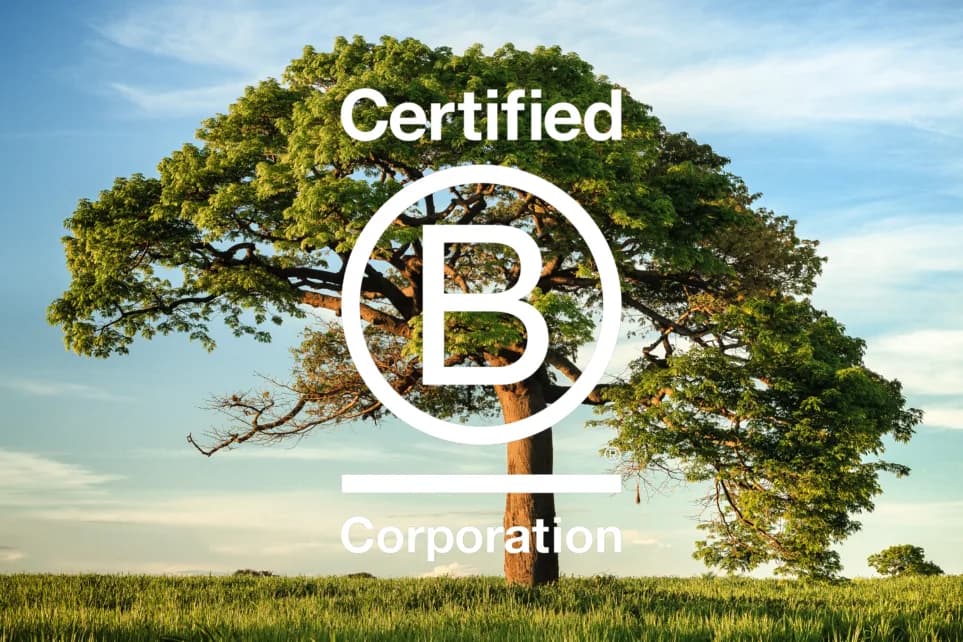Highberg Insights
De experts van Highberg delen hun kennis en visie. Ontdek de laatste trends in transformatie die richting aan de toekomst van organisaties.

Highberg is B Corp gecertificeerd
Highberg mag zich een gecertificeerde B Corporation noemen, ook wel bekend als B Corp. Dat is niet alleen iets waar we erg trots op zijn, maar waar we ook naar streven in ons dagelijks werk. Door gecertificeerd te worden als B Corp laten we zien dat we een positieve impact willen hebben op de wereld en dat we onszelf verantwoordelijk houden voor onze acties.
Onze laatste insights
Thema's
Capabilities
Industries
Contenttypen
Sorry, we konden geen resultaat vinden, probeer het opnieuw

